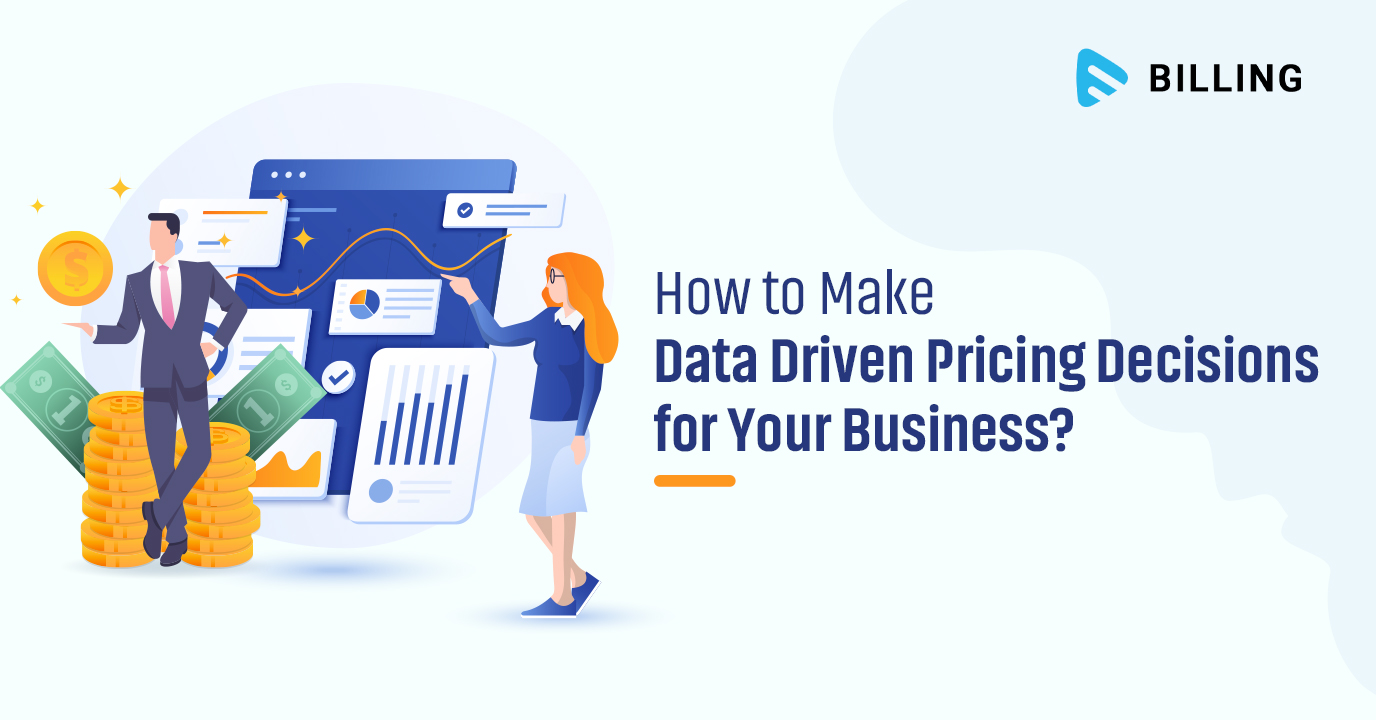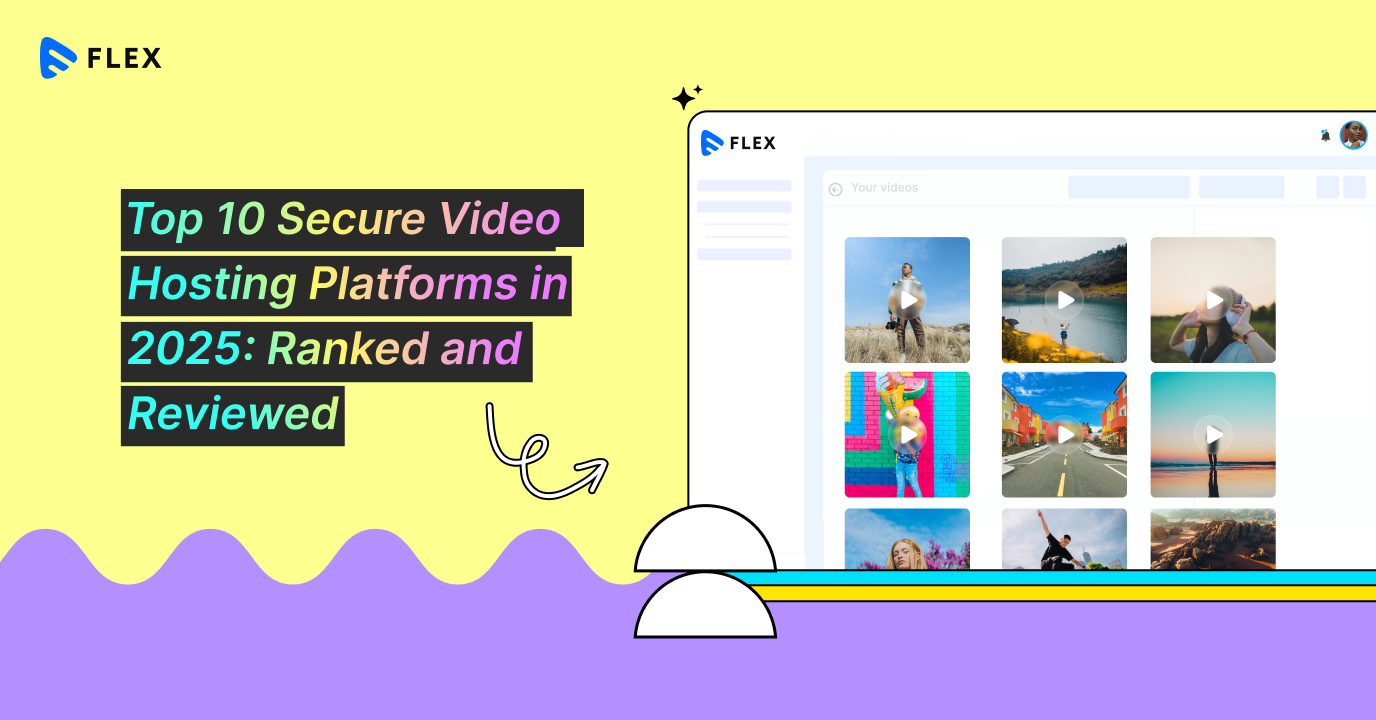Data driven pricing decisions are imperative for any business in order to increase sales. Nowadays, most businesses adopt a data driven marketing approach where they experiment with various pricing options to come up with the most suitable one. Basically, in data driven pricing decisions, you need to assess how low you need to price your products, services, or offerings to penetrate the market. Retail stores to B2B or B2C SaaS – data driven pricing has become more popular and tricky at the same time.
There was a time when price discrimination was common among various businesses of similar type. But digitization made the pricing for diverse businesses more transparent as the customers have a clear idea about the pricing in the market or for their competitors. On the upside, one of the perks of digitization is that there is access to plenty of data that can work as useful resources for your business. And once you know how to utilize them in making data driven pricing decisions, your business will have multiple advantages such as-
- Strategic price positioning
- Pricing aligned with your business objectives
- Higher revenue
- Competitive advantage in the market
- Better control over pricing for your business
And others.
In this blog we will guide you to make data driven pricing decisions for your business.
Tips to Make Data Driven Pricing Decisions for Your Business
1. Know Your Market, Competitors and Prices
To get started with data driven pricing, you need to have an in-depth knowledge of the market, competitors, trends and most importantly your customers’ inclination towards different pricing plans. This is applicable to any type of businesses – e-commerce to gaming or SaaS or any other!
You can simply look after the below-mentioned pointers to get started-
- The first step to have a clear knowledge of your competition is identifying the players and differentiating between the leading ones and others. In order to do competitor analysis effectively, you can adopt competitive research tools or simply search the target keywords on Google, social media, and other market places.
- Have the records on how other similar businesses are doing and what impact are they having on the audiences.
- In most of the competitive markets pricing is a frequently changing factor. You must keep track of the changing price graphs and the impact on the customers’ buying patterns.
- Adopt automated tools that can give you all in one solution when it comes to setting up different pricing models or changing them. For instance, you can opt for an automated billing system that lets you set up, change or manage multiple pricing or monetization models.
2. Adopt the Right Positioning
If you want to influence the purchase decisions of your customers positively, you need to choose the right positioning that lets the customers have a transparent idea about the pricing of the products they are purchasing. The market positioning should be such that your pricing decision is able to convey fairness to the audience. For instance, even if you adopt a strategic pricing decision, if your customers are not able to understand its advantages, then they may not go for your products or services.

3. Set Dynamic Pricing Rules
Static pricing rules easily get obsolete, especially when your business operates in a dynamic market with changing pricing, demand, and trends. In order to unleash the potential of dynamic pricing rules, you need to adopt a repricing algorithm on a timely basis as and when required. Such algorithms will let you set up the most ideal pricing possible based on the present market conditions.
Also Read: How to Overcome Challenges in Revenue Recognition?
4. Survey Existing Customers
Surveying existing customers can never disappoint you when it comes to taking pricing decisions for your audience. It is a good practice to run regular customer surveys to get a clearer idea on how they like your present pricing plans, what they prefer the most or what changes they require. You can use an AI executive summary of surveys to instantly distill key insights from large-scale customer responses. It saves time while uncovering pricing preferences and actionable trends.
5. Utilize WTP Data
The WTP data refers to the data related to WTP (Willingness to Pay). You can simply run WTP campaigns to understand how much your customers are willing to pay for your present offerings. This will help you understand whether the pricing decisions you made have any gap to fill up or whether they need to be changed or not.
6. Historical Analysis vs. Predictive Analysis
While historical analysis helps you assess your previous pricing decisions and the changes they brought, predictive analysis is highly effective in setting up the most strategic pricing possible. Such analysis takes into account the changing trends, pricing models, customer preferences, competitive pricing etc. So that your business can draw more customers to purchase your products or services.
7. Provide Competitive Deals
Competitive deals can work wonders to grab the attention of customers in a short span of time. This too is easily achievable if you have an automated billing tool that lets you set up discounts, vouchers, coupons and other add ons as and when required! All you need is being well versed with the current market and competitors and what pricing strategies are they adopting.
8. Price Increase Plan- Tricky yet Useful!
Price increase often becomes a necessity to cope up with the increasing operational, service, product and other costs. Furthermore, it may also reflect the quality of your offerings in the market. However, doing it wrong may have a negative impact.
A few tips to implement price increase-
- Always update your customers beforehand. Abrupt price increase without informing in advance may even result in customer churn.
- Provide your customers with proper information along with ensuring about the product or service quality.
- Let them know about the competitive advantages they will be getting.
- Don’t forget to present the price hike as an outcome of better product, services or offering.
Wrapping up,
In order to master the art of data driven pricing decisions like a pro, not only do you need to keep the above points in mind, but need to learn from the drawbacks of every implementation if any. Also, there are several other things that come with changing the pricing plans such as various taxes, monetization models, different discounts applicable to the new subscription or pricing plans etc. And you must know that an automated billing tool is mandatory to handle all these without much hassles or errors.
Muvi Billing, the enterprise-grade subscription billing system for websites and apps, comes with multiple and customizable monetization models, differential tax setups, 40+ Payment gateways, analytics and insights, and many more.
Take a 14-day free trial to see the difference first-hand (no credit card required).
















Add your comment